For the longest time, crunches were a staple in practically every exercise program on the planet. Suggested to strengthen the ‘core’ and lead to a rock hard set of abs, they were trained with near religious vigour daily.
Until they weren’t.
Not so long ago, some interesting research came out suggesting that crunches may damage the spine, leading to low back pain and possible disc herniation.
But is this really the case? Are crunches as bad as they seem, or are they an effective exercise?
What muscles do crunches target?
I have already alluded to the fact that most people use crunches for abs – and there is a very good reason for this.
In this manner, they do indeed work (Moraes, 2009).
Basic crunches directly target two of our most superficial abdominal muscles, being the rectus abdominus (our ‘six-pack’ muscle) and the external obliques (which sit on the side of the trunk, rather than the front).
When you flex your spine and crunch forward, these muscles contract, producing that ‘crunching’ movement.
Crunches vs sit ups
While we are on the topic of crunches, I should also talk about sit-ups.
Although these exercises are extremely similar, there is one key difference. A sit-up has you performing a crunch like movement through a full range of motion (chest almost coming up to knees), while crunches often use a slightly smaller range of motion (upper back just coming off the ground).
While this restricts the total movement performed, the muscle activation remains very similar between the two exercises.
In fact, the only real difference is that the sit-up gets more muscle activation from the rectus femoris muscle (which is of the quadricep muscle group). This is because most of the extra range of motion used with the sit-up comes from the hip, not the spine.
So, in short, both movements shave very similar abdominal activation, while sit-ups recruit some extra muscles at the hip.
Related Article: 5 Creative Hip Strengthening Exercises
How effective are crunches?
I mentioned above that crunches do indeed target some of the abdominal musculature. That means they can be useful in certain situations.
Pros of Crunches
Every day you flex your spine under load.
Think about bending down to tie your shoelaces, picking up a child, or even getting into the car – they are all common movements that require spinal flexion.
Crunches can make you stronger in these positions. This will lead to you better being able to control your spine, which may reduce the risk of a lower back injury occurring.
This is what I believe to one of the key benefits of crunches.
Secondly, spinal flexion strength and power is integral for many sports.
Wrestling, track and field, tennis, martial arts, baseball, cricket, golf, and literally any team sport, are all good examples. They all require rapid and explosive spinal flexion to perform at a high level – or even to perform at all.
As such, crunches likely hold some place in optimizing performance in sporting scenarios.
Cons of Crunches
Although when used appropriately crunches can offer some benefit, they don’t do everything.
One of the primary roles of the core muscles is to stabilise the spine against movement. This means resisting spinal rotation, extension, and flexion.
It is this stability based strength that offers the most protection from lower back pain and back injuries – and it requires the integration of every abdominal muscle you have available.
To put it simply, crunches don’t target many of these.
Consequently, while crunches can cause some desirable training outcomes, they don’t really improve what many would consider to be the most important aspect of abdominal strength – which leads us to our next point quite nicely.
Crunches and back injuries
At the start of this article I mentioned that crunches very quickly went from being a training staple to a training taboo – but I didn’t really state how this happened.
In the early 2000s some interesting research came out suggesting that your spine can only handle finite number of ‘crunches’ before disc damage (and even disc herniation) occurrs (Callaghan, 2001)
But there is a bit of a caveat here – while this research was taken up by the health community very quickly, it was not actually performed on human subjects.
In fact, it was performed on the spines of dead pigs.
Now the fact that they used pig spines is not really a huge problem here (pig spines are very similar to human spines).
Rather, the problem is that they were dead.
See, living human tissue has the capacity to adapt to load. This means that after stress is applied to the tissue, it becomes stronger so that it can better tolerate that stress in the future.
It is this adaptation that underpins any response to exercise.
And obviously dead tissue does not have the same adaptive capacity.
This means that if this study was performed on living tissue, we might see the spinal discs get stronger – which would suggest that crunches might have a protective effect.
But, just to be clear, this is speculation on my part – as far as I know, there is no research demonstrating that crunches do improve spine health.
Related Article: 4 Stages of Core Training for Lower Back Pain
Crunches and back pain
Now, one group of people that I do think should avoid crunches are those with lower back pain.
While crunches may not directly cause lower back pain, they may make it worse.
It is commonly accepted that lower back pain is partially the result of spinal instability. In short, the abdominal muscles are not doing a good enough job of stabilizing the spine. This results in a spine that moves to much, leading to back tightness and pain (Chang, 2015).
And this is where crunches become a bad idea.
Because they take an already unstable spine through a large range of motion, they can exacerbate this instability – making pain worse in the process.
Are crunches dangerous if your form is incorrect?
And finally, while on the topic of crunches and lower back pain, I must mention form.
Obviously, a large part of crunches being safe is making sure that you are doing them safely, and with the correct form.
This means performing them in a slow and controlled manner, and actively focusing on squeezing your abdominals as hard as you can to produce the movement. You should also keep your range of motion slightly shorter, in which the movement stops once your upper back has just left the ground.
Conversely, crunches performed quickly, with a lack of control, and using extreme ranges of motion, may result in injury.
Best crunch variations
I mentioned that crunches are a good exercise when performed using the proper technique – however, I should also note that there are many different crunch variations that offer up a lot of benefit.
And here are three of my favourites:
Reverse crunches
A reverse crunch has you lying flat on your back, with your hands pressed flat into the ground, and your feet elevated slightly.
In a slow and controlled manner, bring your knees up to your chest (without your feet touching the ground) by contracting your abdominals. Then proceed to return to the starting position slowly, and under complete control.
3 sets of 8-12 is perfect here.
Bicycle crunches
Start by lying on the ground, with your lower back pressed flat into the floor and your head and shoulders raised slightly above it. Place your hands lightly on the sides of your head, and then lift one leg off the ground and extend it out.
Then lift the other leg and bend your knee towards your chest.
As you lift that leg, crunch sideways so that your opposite arm comes towards the raised knee. You don’t need to touch your elbow to your knee, instead focus on moving through your core as you turn your torso.
Then proceed to lower your leg and arm at the same time while bringing up the opposite two limbs to mirror the movement.
As you flow through the movement moving from one side to the other, you will see your legs produce a ‘cycling motion’
I like doing 3 sets of 10 reps per side here.
Fit ball Crunch
And finally, we have the fit ball crunch.
With this one, you want to be lying on a fit ball with your feet pressed firmly into the ground. In the starting position, you should actually be extended over the fit ball, so that your head and shoulders are below the height of your lower back.
From here, crunch up by contracting your abdominals until your shoulders are just elevated about the height of your stomach. Hold this for a second, before slowly moving back into the starting position.
You should feel a strong abdominal contraction as you get to the top of the movement.
Go for 3 sets of 12-15 here.
What other exercises are more effective?
Before finishing up, I wanted to provide a list of my three favourite core exercises that are not crunches.
These movements don’t involve any spinal movement, making them perfect for people with lower back pain. Moreover, as they improve your ability to stabilise the spine, they are the perfect compliment to the crunching exercises mentioned above.
Bird Dog
Our first core exercise has you on all fours with your hands directly under your shoulders and your knees directly under your hips. Forcefully brace your abdominals, keeping your back and pelvis as still and as stable as possible.
From this position, reach one arm out in front of you, while simultaneously driving the opposite leg out directly behind you. Don’t allow your pelvis or trunk rotate or rock, and focus on not letting your rib cage sag toward the floor.
This movement should be slow and controlled.
Return to the starting position. Repeat on the other side. Do five to 10 reps per side.
RKC Plank
At first glance, the RKC plank looks a whole lot like a normal plank, however the slight changes with this variation increase trunk activity and enhance glute involvement, providing you with much more bang for your buck.
Start by getting into a normal plank position, but with your hips elevated slightly more than normal.
Proceed to clench your hands together in front of you as hard as you can, while actively dragging your elbows towards your knees (your elbows won’t move, you are just creating tension). And finally, squeeze your glutes as hard as you possibly can.
You will feel a lot of tension through your abdominals here.
Hold this for 5-10 seconds, then relax. I like 3 sets of 10 seconds.
Side Plank
Our final exercise is a plank variation that targets the obliques.
Start by lying on your side with your elbow directly under your shoulder. Your head, trunk, hips, knees, and feet should all be in a straight line. Proceed to brace your core and lift your hips off the floor.
Hold this position for 10-20 seconds, then repeat on the other side. While your hips are elevated, you should be working hard to stay as stable as possible.
3 sets of 20 seconds per side is perfect.
Related Article: How Core Strength Effects Athletic Performance
Take Home Message
I firmly believe that while crunches have received a lot of negative attention of late, they are not as bad as they are made out to be. In fact, in certain situations, they can offer a whole lot of benefit – assuming they are done properly of course.
With that in mind, if you have a history of lower back pain, it might be in your best interest to avoid them for the time being. Instead focus on the stability exercises in this article and build a strong and stable core first.
References
Moraes, Antonio C., et al. “EMG activation of abdominal muscles in the crunch exercise performed with different external loads.” Physical Therapy in Sport 10.2 (2009): 57-62.
Callaghan, Jack P., and Stuart M. McGill. “Intervertebral disc herniation: studies on a porcine model exposed to highly repetitive flexion/extension motion with compressive force.” Clinical Biomechanics 16.1 (2001): 28-37.
Chang, Wen-Dien, Hung-Yu Lin, and Ping-Tung Lai. “Core strength training for patients with chronic low back pain.” Journal of physical therapy science 27.3 (2015): 619-622.
You Might Like:
Are Abdominal Crunches Effective?
For the longest time, crunches were a staple in practically every exercise program on the...Everything You Need to Know About Lifting to Failure
I love that gym culture has become increasingly popular over the last decade. People are...Recruit The Glutes: Drills to Engage Glute and Lateral Line
John Barry Sports Performance Coach Fusion Physical Therapy and Sports Performance New York, NY We’ve...Muscular Potential: Men vs Women
It has long been thought that when it comes to building muscle, women are at...The Effects Of Inter-Set Stretching On Muscle Growth
When we think about building muscle, developing strength, and generally increasing performance, strength training often...The Trap Bar Deadlift: Improve Your Athletic Performance
Hunter Bennett When it comes to improving athletic performance, strength training is king. It can...Perfecting Your CrossFit Pull-Up
Hunter Bennett Over the last few years, CrossFit has truly revolutionized the health and fitness...Developing & Maintaining Athleticism
Hunter Bennett When we think of great athletes, we think of their physical skills on...The Rise of CrossFit
Hunter Bennett Over the last few years, we have seen a resurgence in both high-intensity...How to Improve Your Posture
Hunter Bennett Changes in Movement Over the last 50 years or so we have seen...Maximize Athletic Performance with the Hip Thrust
Hunter Bennett The hip thrust has become an increasingly popular training exercise with athletes and...Weight Training Techniques: The Benefits of Unilateral Training
Alyssa Bialowas Unilateral exercises are single-leg or single-arm movements. The primary benefit of including unilateral...The Best Glute Exercises: How to fire your glutes!
Alyssa Bialowas About Your Glutes – The gluteus maximus is located in the buttocks and...3 Benefits of CrossFit
Alyssa Biawolas CrossFit remains to be one of the most popular and most controversial fitness...The 7 Myths of Weightlifting
Evan Stevens There are common utterances when the conversation shifts to weightlifting and why people...Injured? Increase Your Muscle Mass with Blood Flow Restriction Training
Dayton Kelly It is not unusual in many gyms to see athletes, particularly weight lifters,...Strength Training in Older Women Wards Off Aging
Evan Stevens At Forever Fit Science we have long discussed the importance of adding strength...Gain Strength, Power & Force for Maximal Performance | Forever Fit Science
Stability is simply controlled strength, power, and force. The more stability you have, the more...Strength Training Program for Endurance Runners
Evan Stevens Endurance athletes have a tendency to ditch the weights for added miles. Sure,...Vibration & Elastic Band Exercises On Shoulder Strength
A Review by Alyssa Bialowas The shoulder is a tricky joint as it must provide...Strength Training Can Improve Chronic Plantar Fasciitis
Ryan Cross, B.A. Hons (Kin), MScPT, FCAMPT Registered Physiotherapist Do you feel sharp pain on...Fascia Warm Up, Strength, & Stretch Plan
Ryan Cross, B.A. Hons (Kin), MScPT, FCAMPT Registered Physiotherapist in Sarnia, Ontario, Canada Last week...12 Strength Exercises For Middle Distance Runners | FastTwitchGrandma Sprinting Tips & Tricks
Forever Fit Science brand ambassador and author Evan Stevens goes through a strength training regime...Increase Strength, Increase Lifespan – Powerlifting Could Change Your Life
Katie Rose Hejtmanek, PhD, Anthropologist Increase Strength, Increase Lifespan Part 2 – Powerlifting as Life Changing...5 Creative Hip Strengthening Exercises
Ryan Cross, B.A. Hons (Kin), MScPT, FCAMPT Registered Physiotherapist in Sarnia, Ontario, Canada The importance...Ski Training Magic Part 2: Hurry Up and Weight!
Hank Shell Another week, another round of snowfall in Colorado’s San Juans. My friend and...Bond With Your Child – Intergenerational Gymnastics
Did you know – children who bond with their parents as a toddler are less...66 Burpees For 66 Years | Inside The Gym Of A Crossfit Guru
What is your plan for your next birthday? How about performing burpees? Turning 30? 30...Increase Strength, Increase Lifespan
Katie Rose Hejtmanek, PhD, Anthropologist With a significant portion of the world’s population aging, it is...Strengthen Your Rotator Cuff
Forever Fit Science physical therapist, Ryan Cross, demonstrates a simple rotator cuff exercise. By performing...Women’s Weightlifting Highlights!
The Rocky Mountain State Senior Games in Colorado Springs, CO hosted the olympic weightlifting competition....Mastering the Rowing Stroke
Dayton Kelly Mastering the Rowing Stroke or Tackling Technique on the Rowing Ergometer If you...Meet Olympic Masters Powerlifter Gordon Santee
Gordon Santee, 70, from Redondo Beach, California is an Olympic powerlifter and referee. Along with...Creatine Supplementation For Mature Athletes
Creatinine for more than just body builders? Muscle building in old age. Dayton Kelly The...Strength As A Safety Net
Jon Carlock As time passes and we age, we naturally become more vulnerable to injury....Pull-Up Power! – The Road to Your First Pull-Up
By Hank Shell Real talk: I tend to get ahead of myself when writing...Strengthen Your Muscles, Strengthen Your Mind
Contributed by Julia C. Basso, Post-doctoral Research Scientist, Center for Neural Science, New York University Strengthen...Children Weight Lifting: What You Need To Know!
Dayton Kelley Should You Allow Your Child To Weight Lift? This question has seen much...4 Stages of Core Training for Lower Back Pain
Ryan Cross, B.A. Hons (Kin), MScPT, FCAMPT Registered Physiotherapist at CBI Physiotherapy and Rehabilitation Centre...Off Season Ski Conditioning
Hank Shell Off-season ski conditioning: a primer I can’t remember exactly what caused the crash....Strength Training: Integral to Wellness as We Age
Contributed by Gillian White, HBSc, MSc, PhD(C), Faculty of Kinesiology and Physical Education, Human Physiology...The post Are Abdominal Crunches Effective? appeared first on ForeverFitScience.

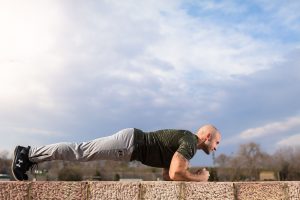
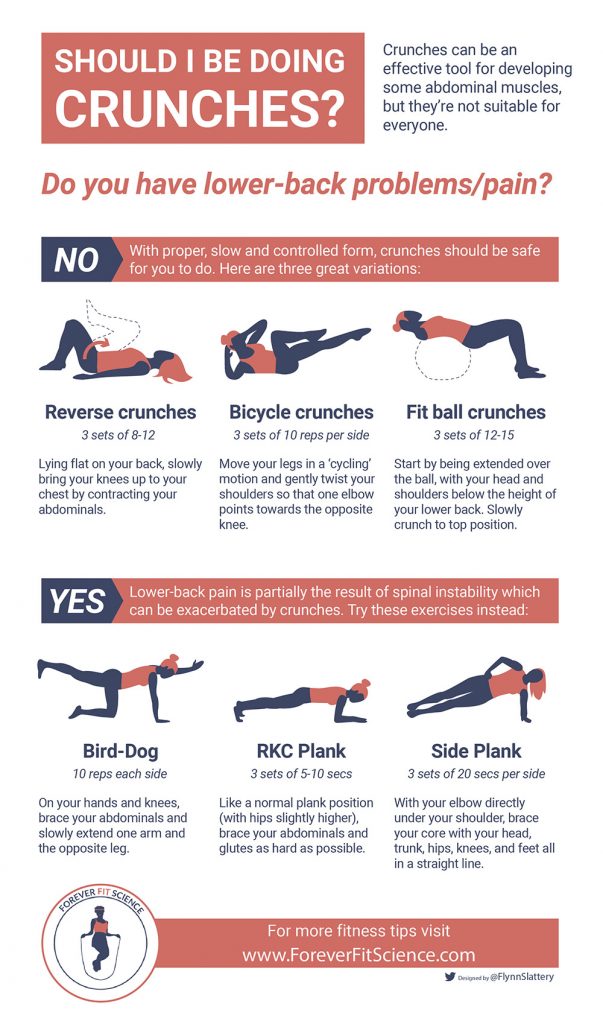
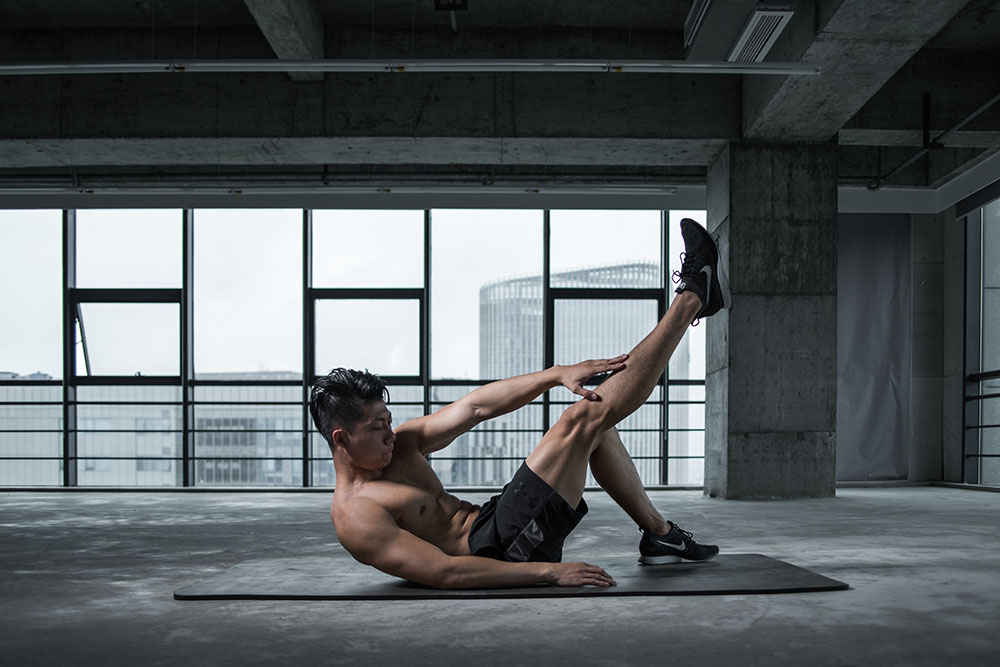
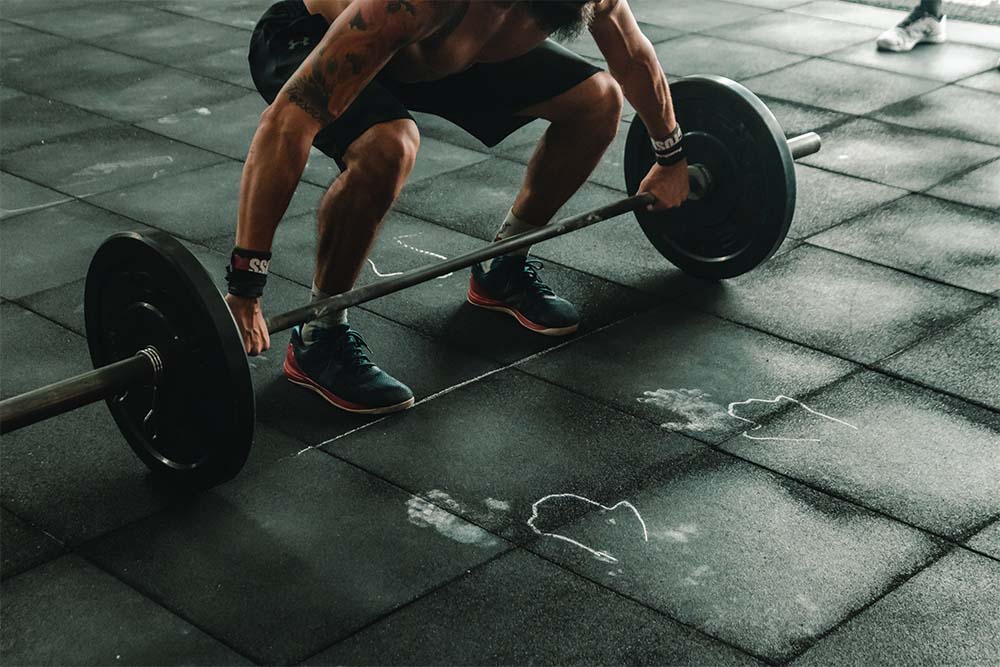


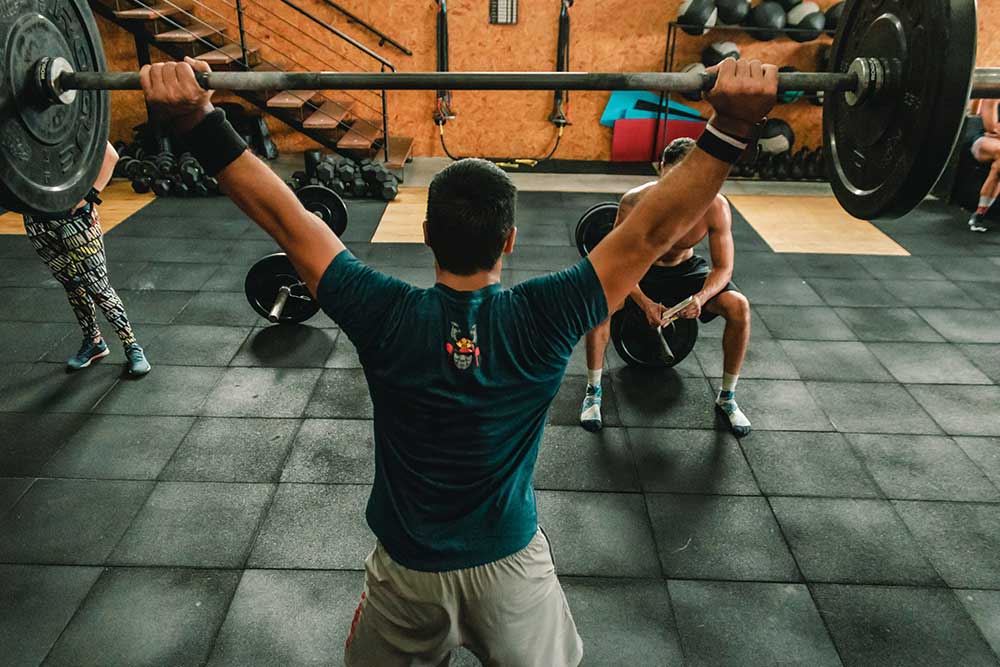
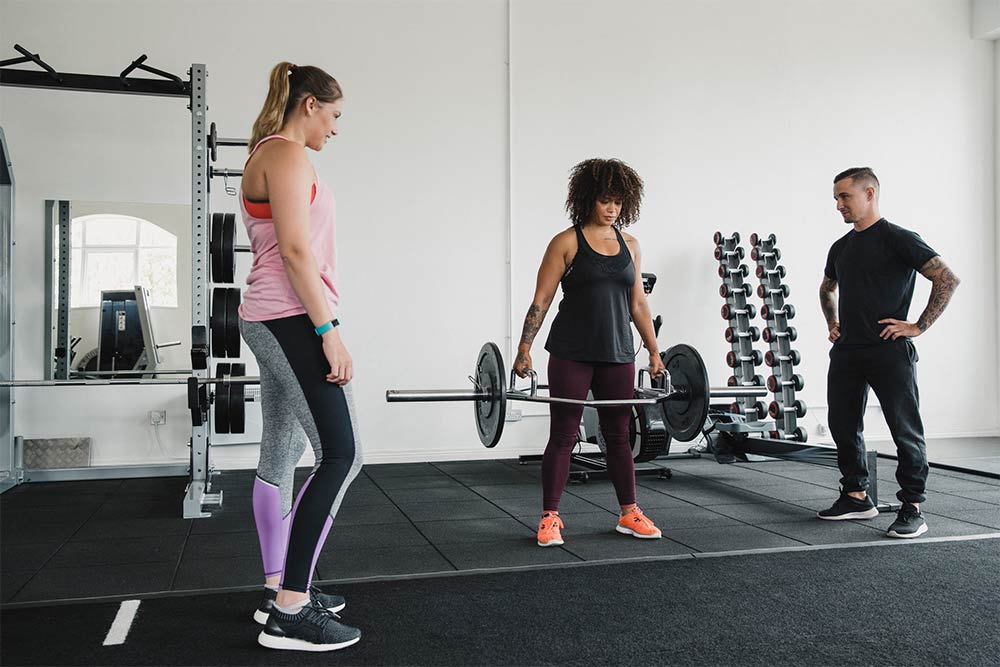
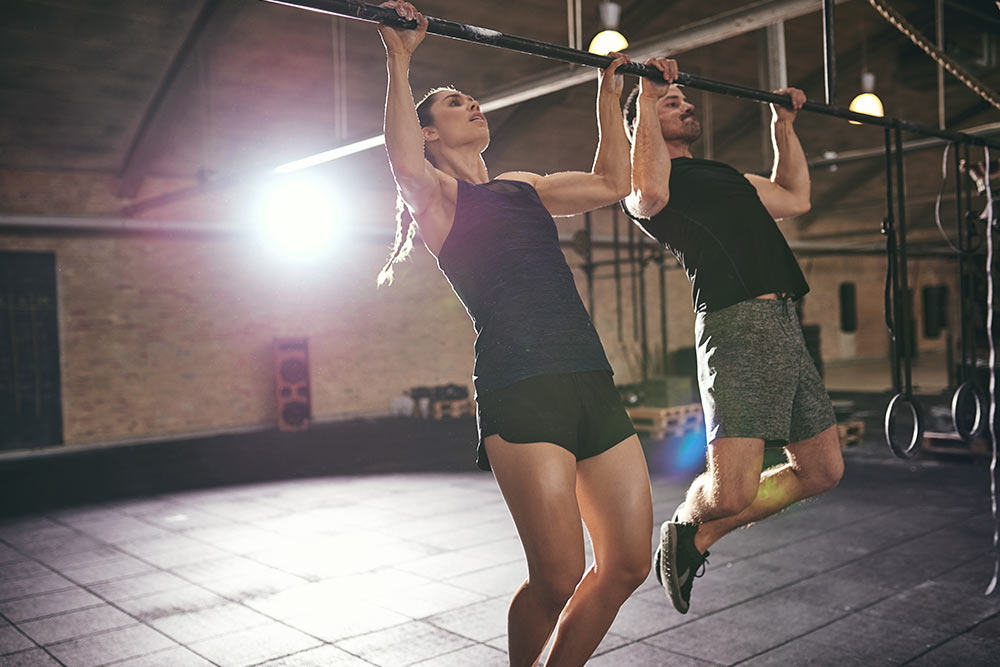

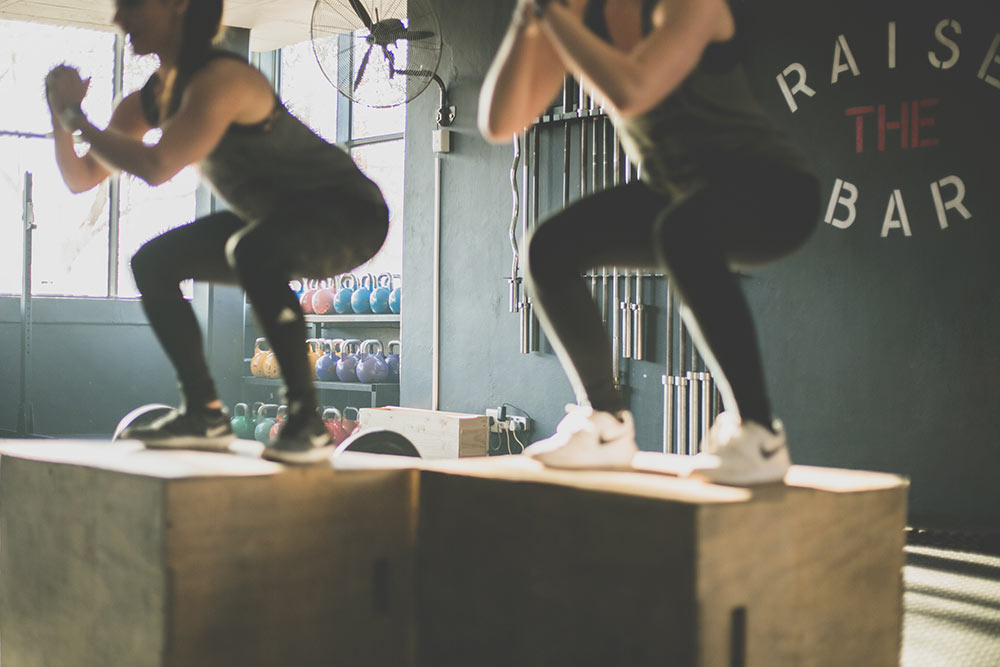


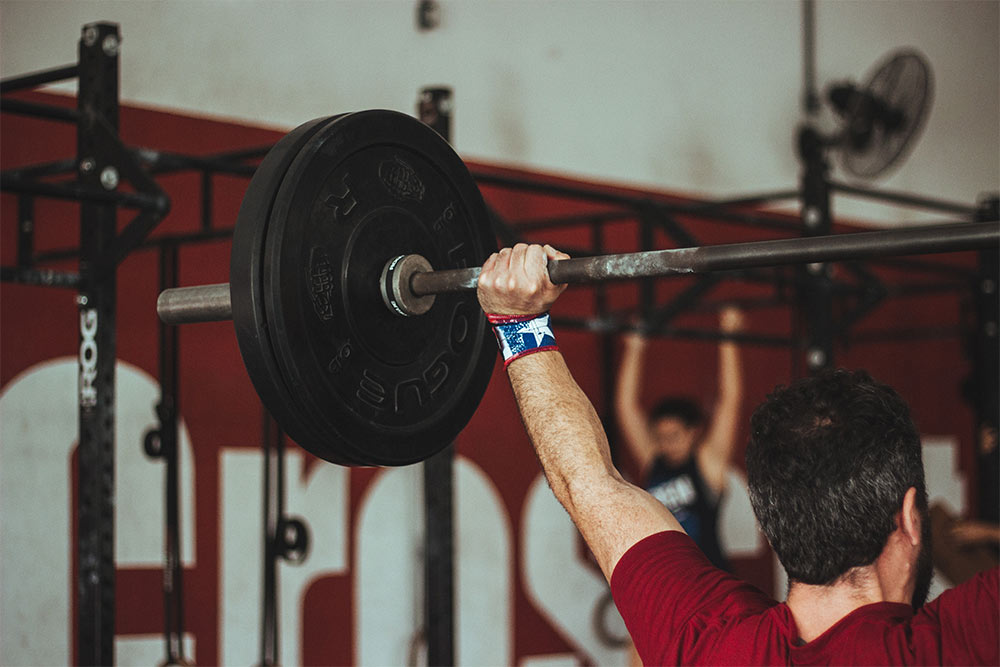
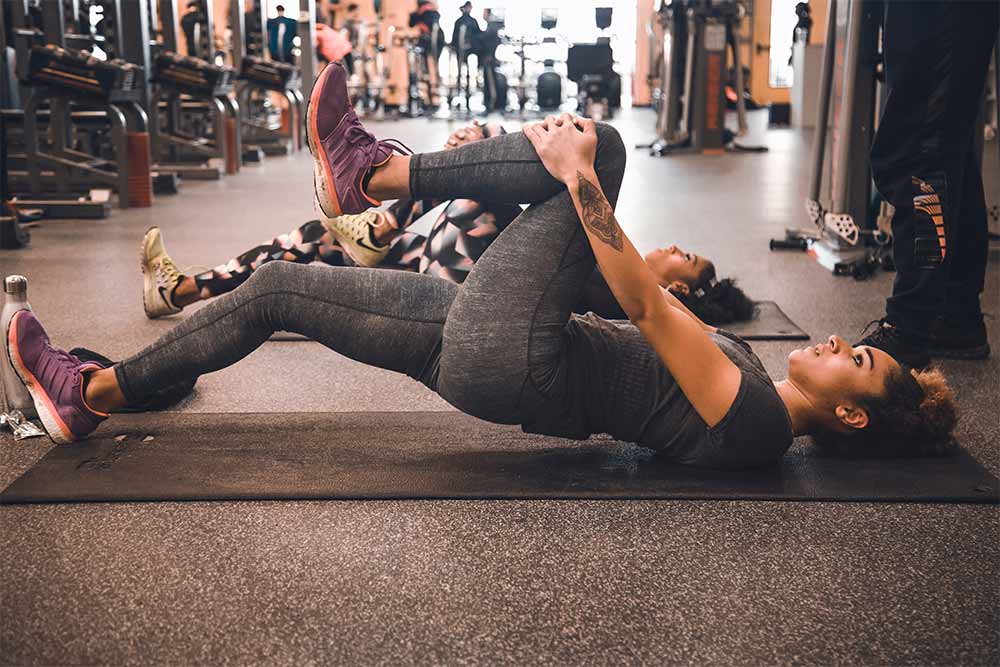
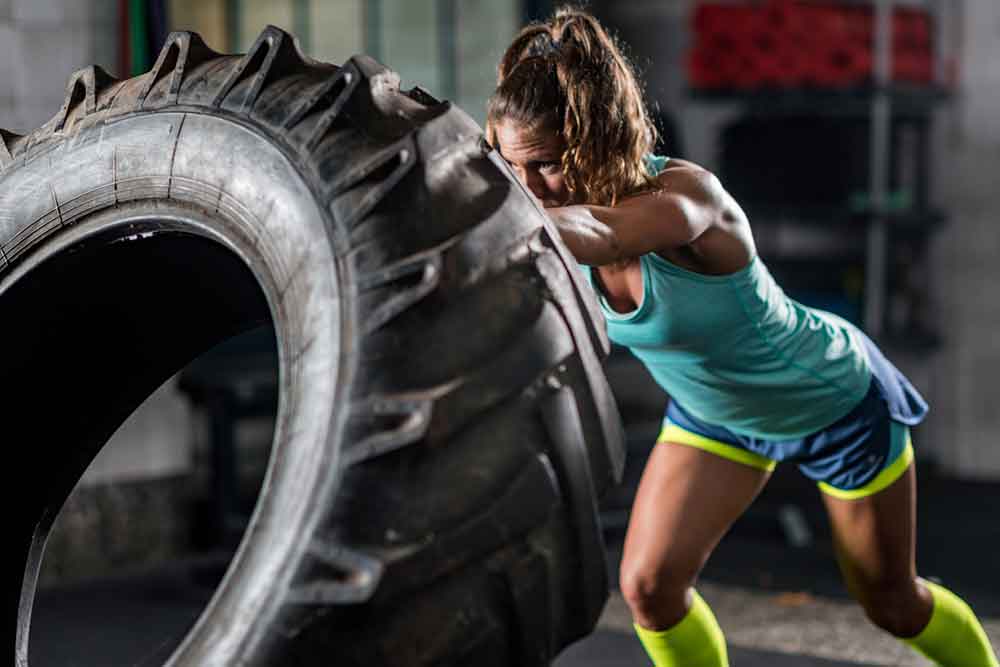

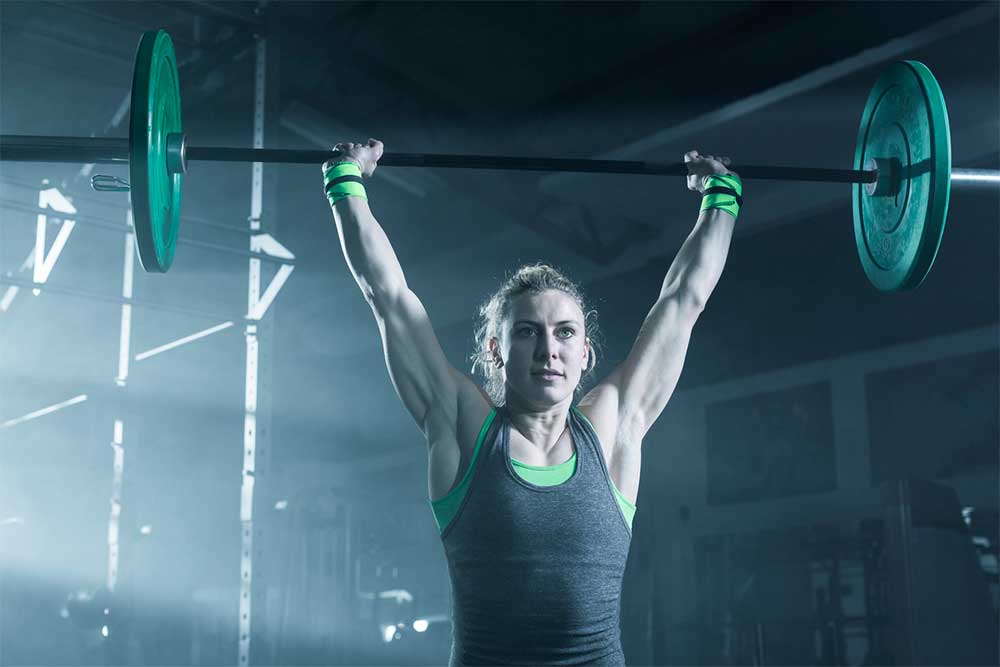

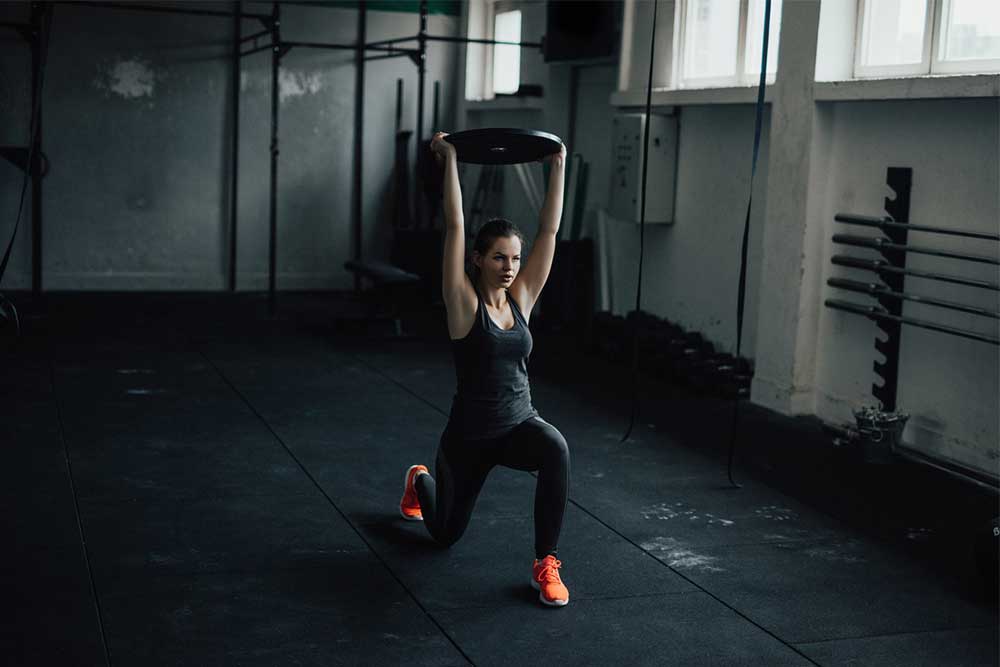


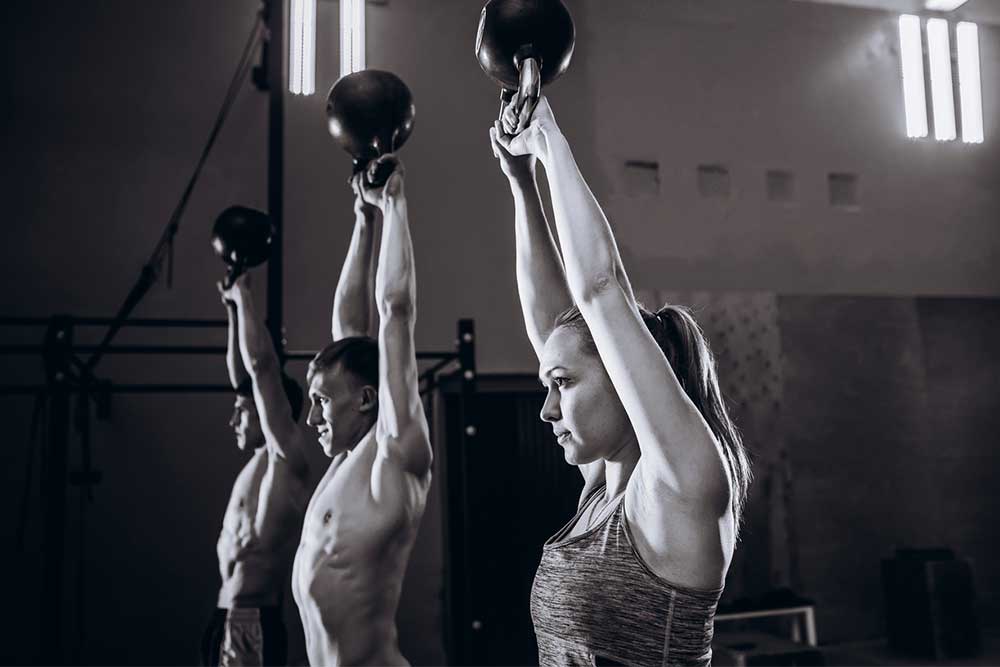

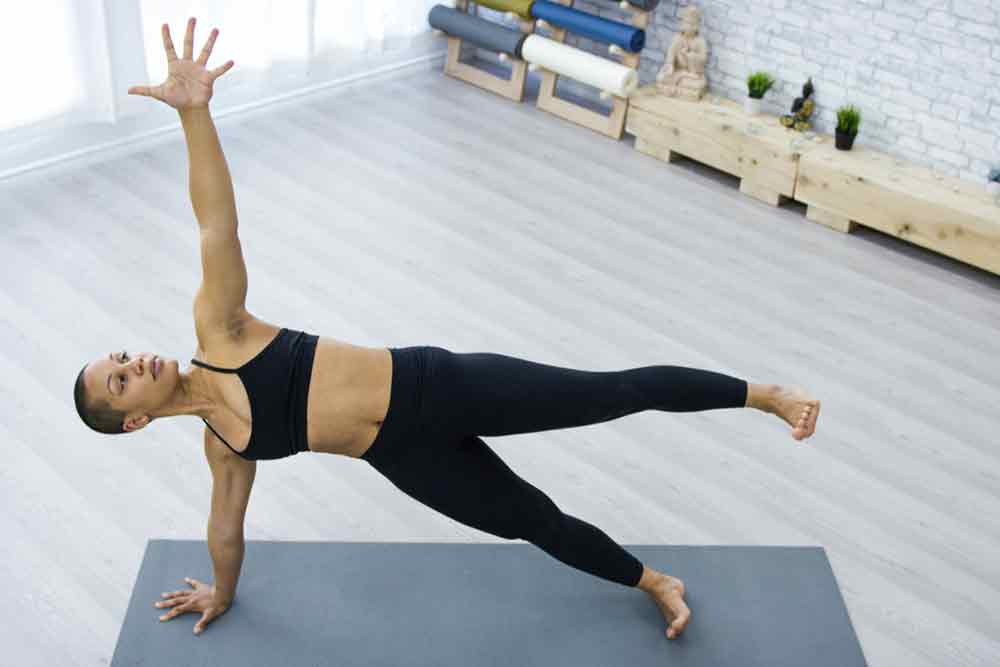

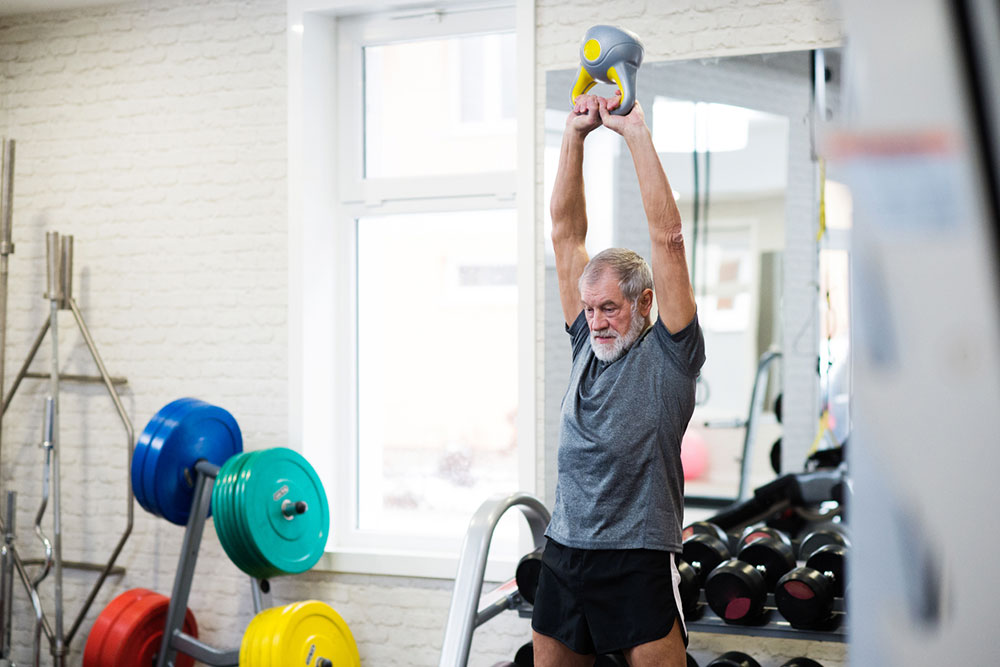






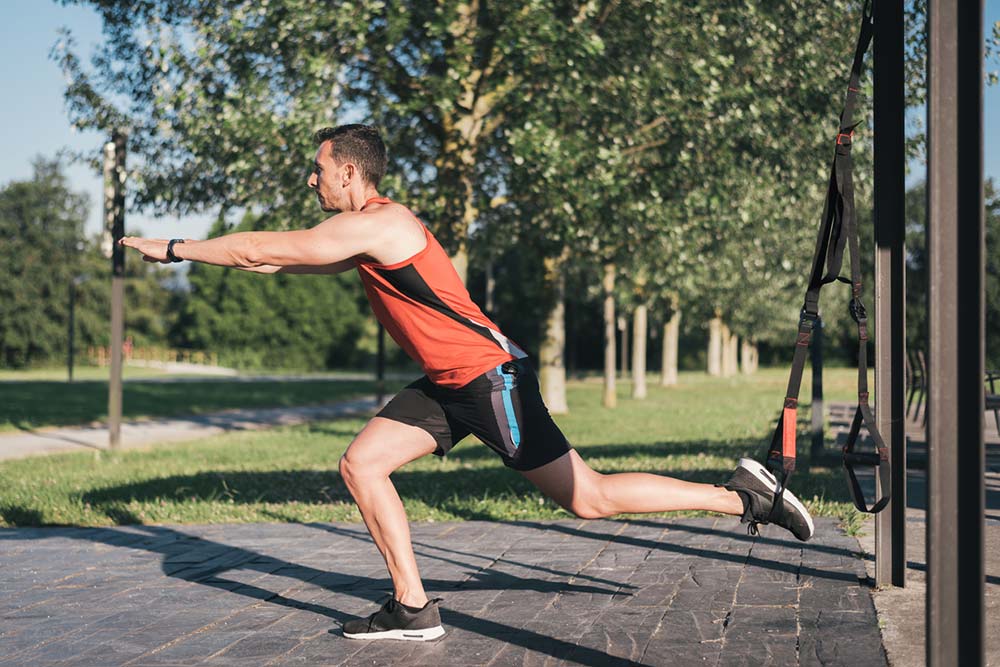

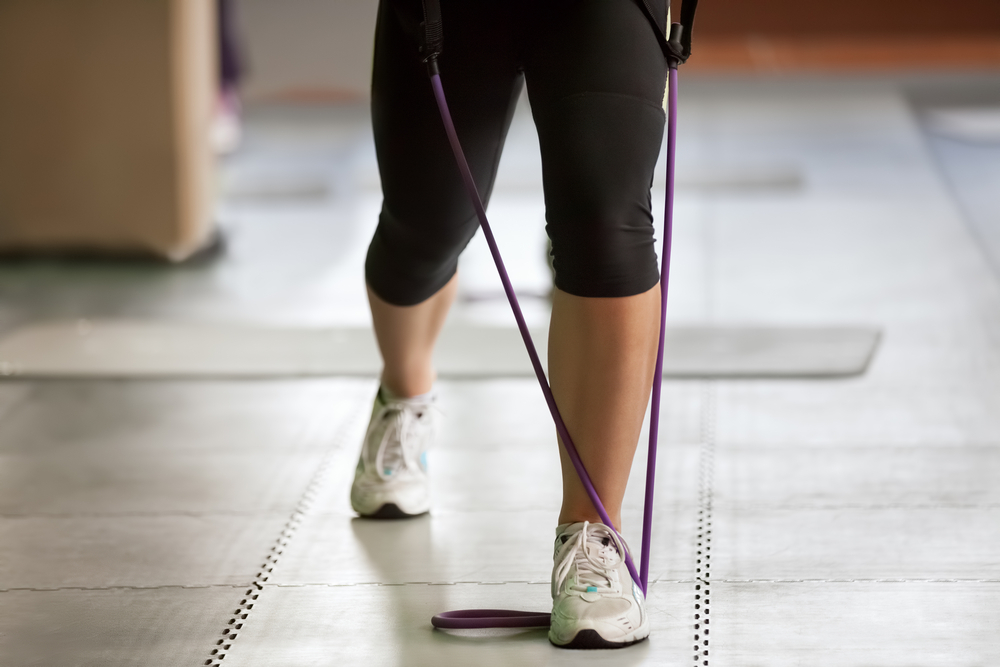
No comments:
Post a Comment